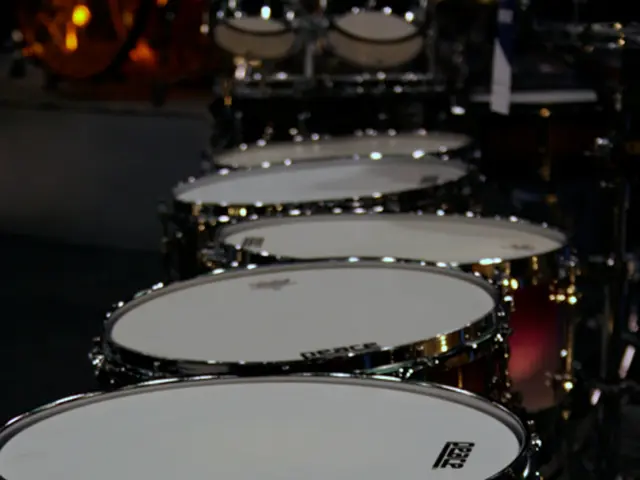Airlines intensify restrictions on portable chargers due to fire hazard worries
Airline Policies on Portable Chargers Sharpen Focus on Lithium-Ion Battery Safety
In response to fire risks, airline companies are tightening their rules on portable chargers and batteries. Southwest Airlines, the first U.S. carrier to implement this shift, now requires passengers to keep their portable chargers and power banks in plain sight during use, banning charging devices stored in carry-on or overhead bins while in operation.
The stricter policy, which went into effect on May 28, aims to mitigate fire risks associated with lithium-ion batteries, allowing crew members to more easily identify and respond to incidents if batteries are visible. Southwest Airlines' policy states, "When a portable charger/power bank is used during a flight, it must be out of any baggage and remain in plain sight."
Passengers can still travel with up to 20 spare batteries, including portable chargers and power banks, at a time on Southwest. However, lithium-ion batteries must not exceed 100 watt-hours, and these batteries should have their exposed terminals protected and stored in carry-on bags or with passengers onboard.
Although Southwest Airlines' policy is fairly lenient compared to some foreign carriers, numerous airlines, like EVA Air, China Airlines, Malaysia Airlines, Thai Airways, and Singapore Airlines, have completely banned the use of portable chargers while passengers are in-flight, according to The New York Times. Ryanair requests passengers to remove lithium batteries from overhead bins, and the South Korean government requires that passengers keep their portable chargers out of overhead bins as well, also reported by The New York Times.
The stringent measures come a few months after a fire destroyed an Air Busan plane on the tarmac in South Korea, possibly due to a portable power bank, according to local authorities, though investigations have not definitively linked portable batteries to the Air Busan fire (The New York Times).
However, it's crucial to note that passengers should consult their airline's official website before travel, as regulations may vary among different airlines. Some Asian carriers already have restrictions, like banning power banks in carry-on overhead bins or even prohibiting their in-flight use, while the U.S. Federal Aviation Administration and Transportation Security Administration have safety guidelines regarding portable chargers, with the FAA allowing portable batteries and chargers in passenger carry-on bags but restricting them from checked luggage and no requirement for visibility.
In summary, Southwest Airlines has paved the way for stricter policies in the U.S., focusing on reducing lithium-ion battery fire risks during flights. Passengers should fitness their carry-on batteries according to their airline's regulations for a safer and smoother journey.
- Google search reveals that Southwest Airlines now requires passengers to keep their AI gadgets, such as portable chargers and power banks, in plain sight during use, due to safety concerns associated with lithium-ion batteries.
- The increasing focus on technology safety in travel has led Amazon to stock a variety of gadget accessories designed to protect lithium-ion batteries, such as carry-on bags with specifically designated spaces for AI gadgets.
- As more airlines impose restrictions on in-flight use of portable chargers and power banks, tech companies like Google and Apple are exploring the development of safer battery technologies to adapt to the changing lifestyle and travel needs.
- In response to the growing concerns about fire risks in air travel, both Amazon and Google have introduced new product lines dedicated to AI gadgets, emphasizing safety features and protective case designs to ensure safer travel for tech-savvy passengers.








